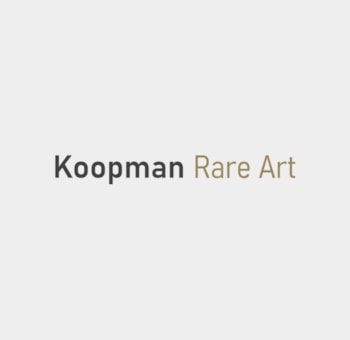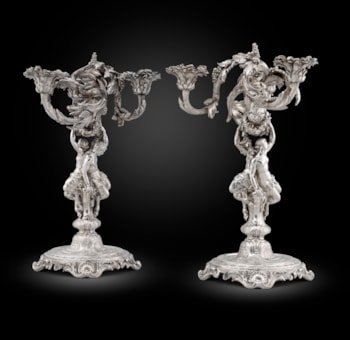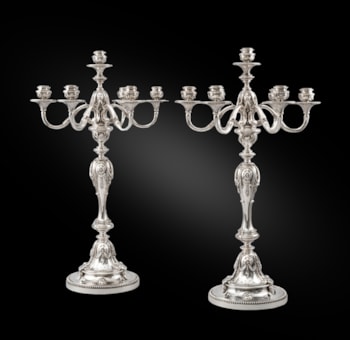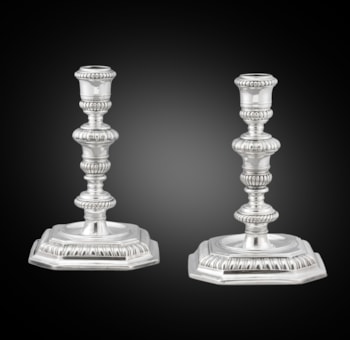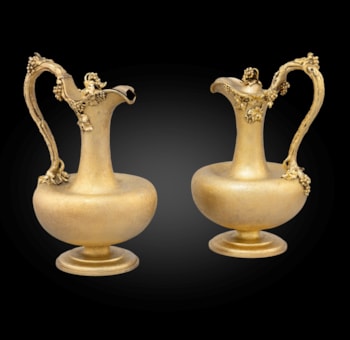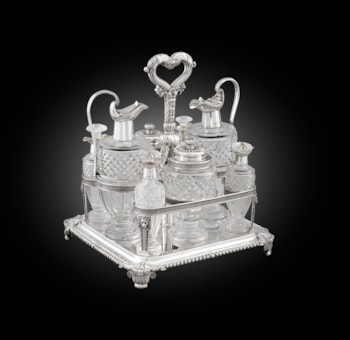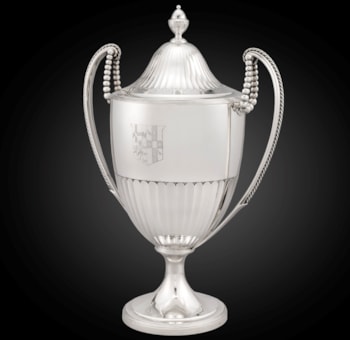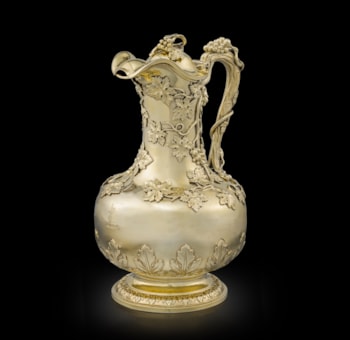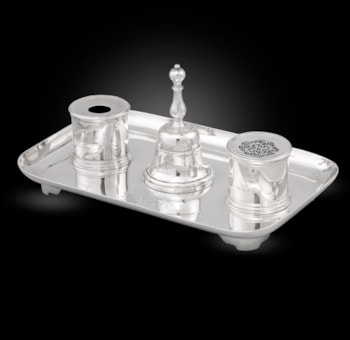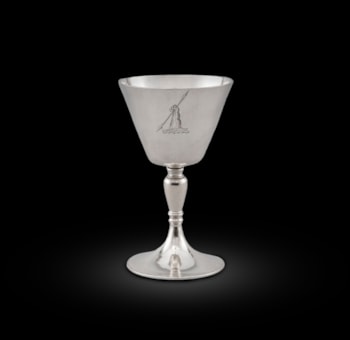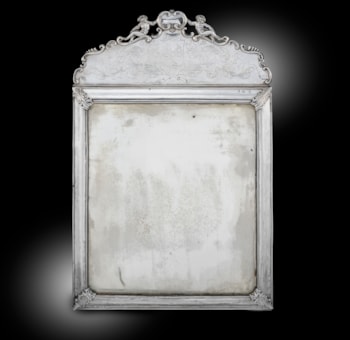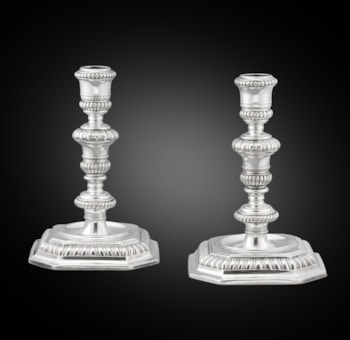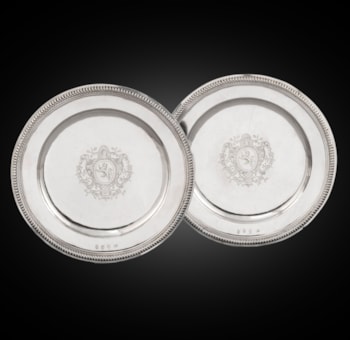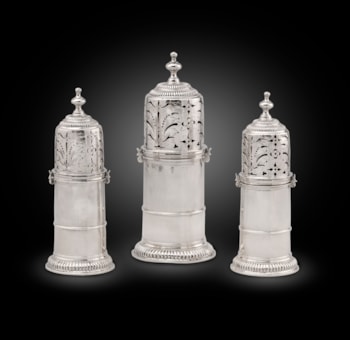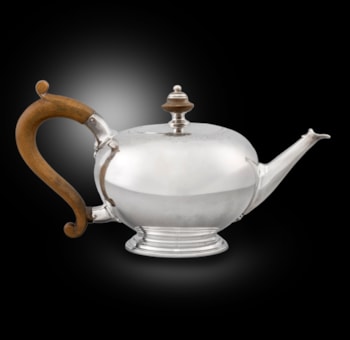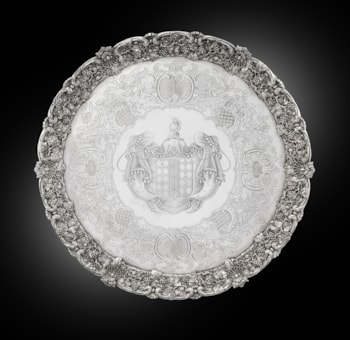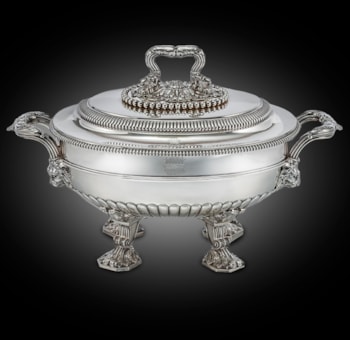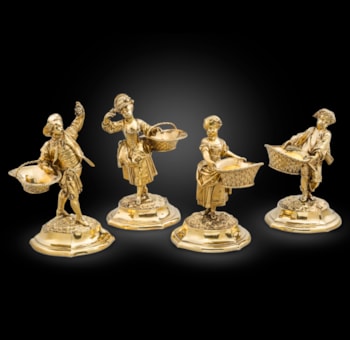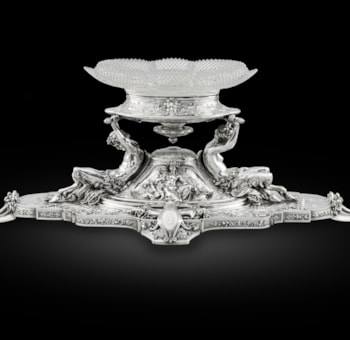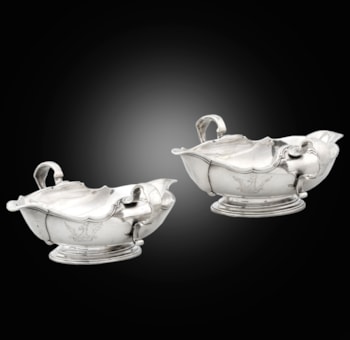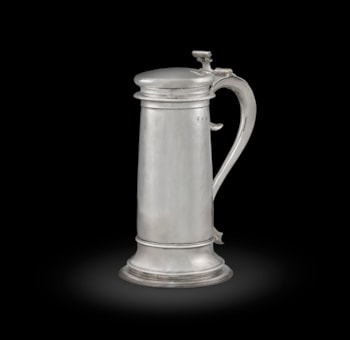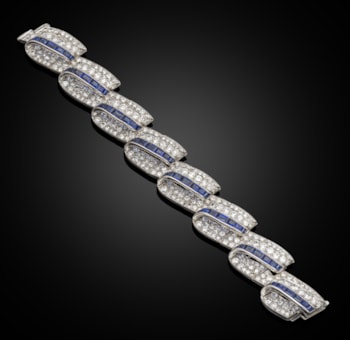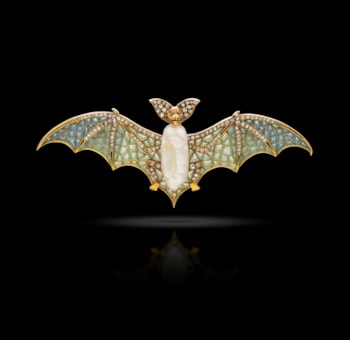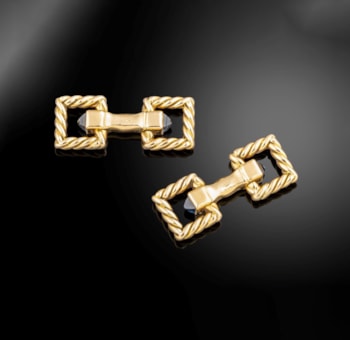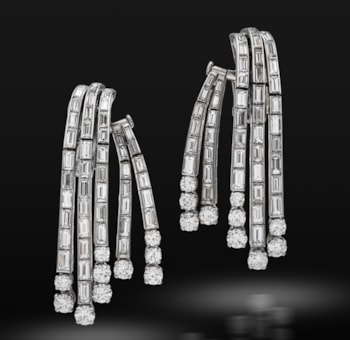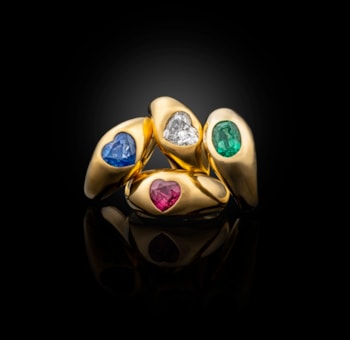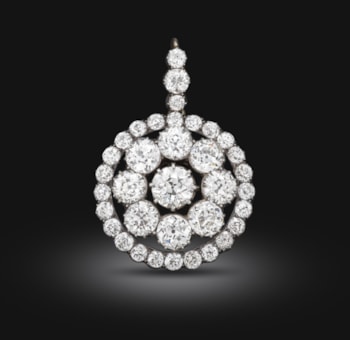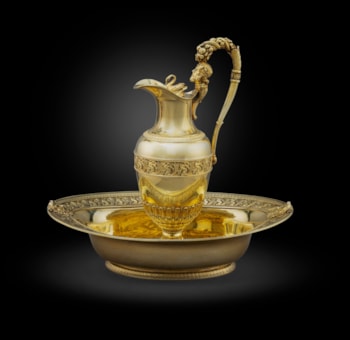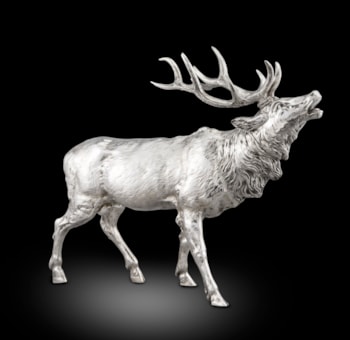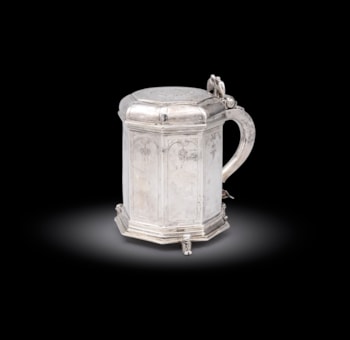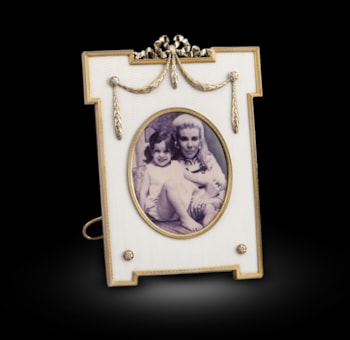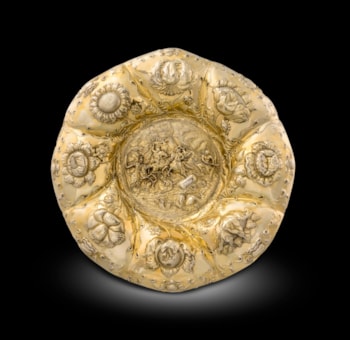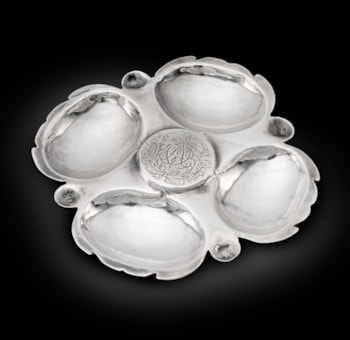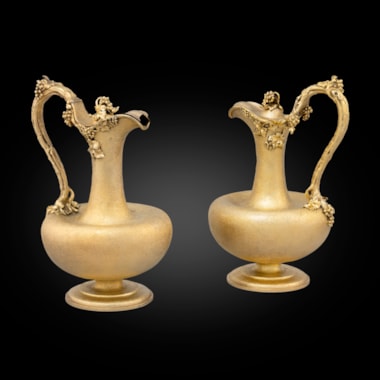John Talbot, 1st Earl Talbot (25 February 1749 – 19 May 1793), known as John Talbot until 1782 and as The Lord Talbot between 1782 and 1784, was a British peer and politician. A member of Talbot family headed by the Earl of Shrewsbury, Talbot was the son of John Talbot, younger son of Charles Talbot, 1st Baron Talbot, and his wife Catherine, daughter of John Chetwynd, 2nd Viscount Chetwynd.
Talbot was returned to Parliament for Castle Rising in 1777, a seat he held until 1782, when he succeeded his uncle, William Talbot, 1st Earl Talbot, as third Baron Talbot and entered the House of Lords.

In 1784 the earldom of Talbot which had become extinct on his uncle's death was revived when Talbot was created Viscount of Ingestre, in the County of Stafford, and Earl Talbot, of Hensol in the County of Glamorgan. Two years later he assumed by Royal licence the additional surname and arms of Chetwynd, having inherited Ingestre Hall via his mother from the Chetwynd family.

Lady Charlotte Hill, Countess Talbot, 1782 by Joshua Reynolds.
Lord Talbot married Lady Charlotte, daughter of Wills Hill, 1st Marquess of Downshire, in 1776. A portrait of Talbot was painted by Pompeo Batoni while there are portraits of his wife by both Sir Joshua Reynolds (1783; now in Tate Britain) and by Thomas Gainsborough and John Hoppner (1788; now in the Dunedin Public Art Gallery). Lord Talbot died at Fairford, Gloucestershire, in May 1793, aged 44, and was succeeded in his titles by his eldest son, Charles, whose son Henry succeeded as Earl of Shrewsbury in 1858. The Countess Talbot died in January 1804.
Taylor, William (1764) Son of William Tayler Citizen and Leatherseller of London, apprenticed to John Eaton 6 February 1765 and turned over the same day to his father. Free, I April 1772. First mark entered as
plateworker, in partnership with John Wakelin, 25 September 1776. Address:
Panton Street. Second mark, 9 May 1777. Heal records them as John Wakelin and William Taylor (successors to Parker and Wakelin), goldsmiths, Panton Street, 1776– 96. The latter spelling of the surname is normally now used but both the clerk's entry and signature are spelt Tayler. This partnership constituted the fourth link in the connection between George Wickes and
Robert Garrard. Taylor died 29 July 1792: 'At Stockwell Surrey after a lingering illness Mr Wm. Taylor goldsmith of Panton Street'
(The Gentleman's Magazine, p. 575 and European Magazine, p. 480).
You May Also Like





